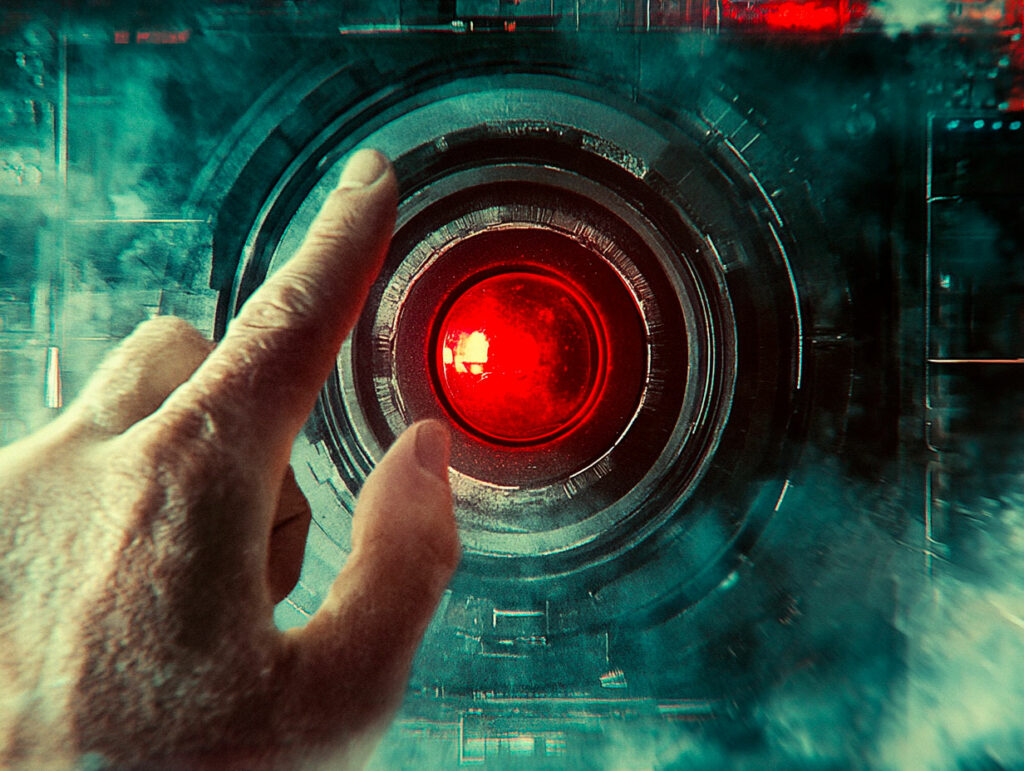
Technical analysis of nuclear launch protocols in France, the USA, Russia, China and India.
Nuclear launch procedures vary from country to country, but all involve strict chains of command to guarantee political control and security. In France, the USA, Russia, China and India, the launch process requires authorizations at the highest level of government, secure communication systems and mechanisms to prevent unauthorized use. This article details these procedures, highlighting the particularities of each nation and the strategic implications that flow from them.
France: presidential control and nuclear deterrence
In France, the President of the Republic holds the exclusive power to order the use of nuclear weapons. French doctrine is based on deterrence, aimed at preventing aggression through the threat of nuclear retaliation.
The process begins with an assessment of the strategic situation by the President, in consultation with the National Defense and Security Council. If the decision is taken, the President uses authentication codes to transmit the order to the nuclear forces. These codes are strictly confidential, known only to the President and a few senior officers.
France’s nuclear forces comprise nuclear-powered ballistic missile submarines (SNLE) and a strategic air force equipped with air-to-ground nuclear missiles. Orders are transmitted via highly secure communications systems to guarantee the integrity and confidentiality of instructions.
Procedures are designed to be rapid to enable effective reaction, while maintaining strict control to prevent unauthorized launches. The centralization of decision-making power is designed to ensure clear political accountability.
United States: “Nuclear Football” and the chain of command
In the United States, the President is the only person empowered to authorize the launch of a nuclear weapon. He is accompanied at all times by the “Nuclear Football”, a briefcase containing strike plans and the necessary authentication codes.
In the event of a launch decision, the President uses a card called a “cookie”, which contains his personal identification codes. These codes are used to confirm his identity with the Pentagon. The order is then transmitted to the United States Strategic Command (USSTRATCOM).
US nuclear forces include intercontinental ballistic missiles (ICBMs), nuclear-powered ballistic missile submarines and strategic bombers. Duplicate verification protocols are in place. For example, to launch an ICBM, two officers must simultaneously activate the launch system.
These measures are designed to prevent accidental or unauthorized launches, by ensuring a reliable and secure chain of command. Procedures are regularly updated to incorporate technological advances and respond to new threats.
Russia: the “Kazbek” system and the “Tcheguet” nuclear briefcase
In Russia, the President also has the exclusive power to launch nuclear weapons. The command and control system is centralized around the “Kazbek”, which includes the nuclear briefcase known as the “Tcheguet”.
The Tcheguet accompanies the President at all times and contains the means of communication and authentication codes. In the event of a decision, the order is transmitted to the National Defense Command Center. Instructions are relayed to the strategic forces via secure communication systems.
Russia’s nuclear forces include intercontinental ballistic missiles, nuclear submarines and strategic bombers. Russia also has an automated nuclear response system, known as “Perimeter”, designed to ensure a response even in the event of destruction of the central command.
Procedures emphasize the redundancy and survivability of the command system, guaranteeing a response capability in all circumstances. Russian doctrine emphasizes the need for credible deterrence in the face of external threats.

China: centralization under the Central Military Commission
China has adopted a policy of no-first-use of nuclear weapons. Decision-making power is centralized within the Central Military Commission, chaired by the General Secretary of the Chinese Communist Party.
The nuclear forces, known as the People’s Liberation Army Rocket Force, operate under tight control. Launch procedures require multiple authorizations and are designed to be deliberately slow, to prevent accidental use.
Orders are transmitted via secure communication systems to operational units. China is modernizing its capabilities with the deployment of mobile intercontinental ballistic missiles and the development of nuclear-powered ballistic missile submarines.
Chinese doctrine emphasizes minimum deterrence, sufficient to deter an attack without seeking to match the arsenals of other nuclear powers. Procedures reflect this approach, emphasizing political control over rapid reaction.
India: the Nuclear Forces Command and the doctrine of retaliation
India’s nuclear doctrine is based on a no-first-use policy and the promise of massive retaliation in the event of a nuclear attack. The Nuclear Policy Council, chaired by the Prime Minister, is the supreme authority in nuclear matters.
The Nuclear Forces Command is responsible for implementing decisions. Launch procedures involve a chain of command that includes the National Security Advisor and military chiefs. Orders are validated at several levels to ensure authenticity and legality.
Indian capabilities include intermediate-range ballistic missiles, fighter aircraft capable of delivering nuclear weapons and the development of nuclear-powered ballistic missile submarines. India emphasizes the safety and security of its nuclear weapons, with systems designed to prevent unauthorized use.
Indian doctrine aims to maintain a defensive posture, while ensuring a credible retaliatory capability to deter potential adversaries.
Strategic implications and control mechanisms
Nuclear launch procedures in these countries are designed to balance the need for rapid response capability with the need for political control and security. Mechanisms include authentication codes, secure communication systems and multiple checks.
The strategic implications are significant. A reliable chain of command is essential for the credibility of deterrence. However, the complexity of these systems requires constant maintenance and rigorous training of personnel.
Technological advances pose new challenges, particularly in the fields of cybersecurity and electronic warfare. Countries are investing in the modernization of their systems to meet these threats, while avoiding unintended escalation.
International considerations and global security
Understanding launch procedures is crucial to international stability. Control mechanisms help reduce the risk of accidents or misunderstandings that could lead to nuclear conflict.
International treaties, such as the Treaty on the Non-Proliferation of Nuclear Weapons (NPT), play a role in promoting transparency and trust between nations. Communication and cooperation are essential for managing tensions and preventing proliferation.
Efforts to establish direct lines of communication between nuclear powers, such as the “red telephone” between the USA and Russia, are examples of measures aimed at strengthening global security.
War Wings Daily is an independant magazine.